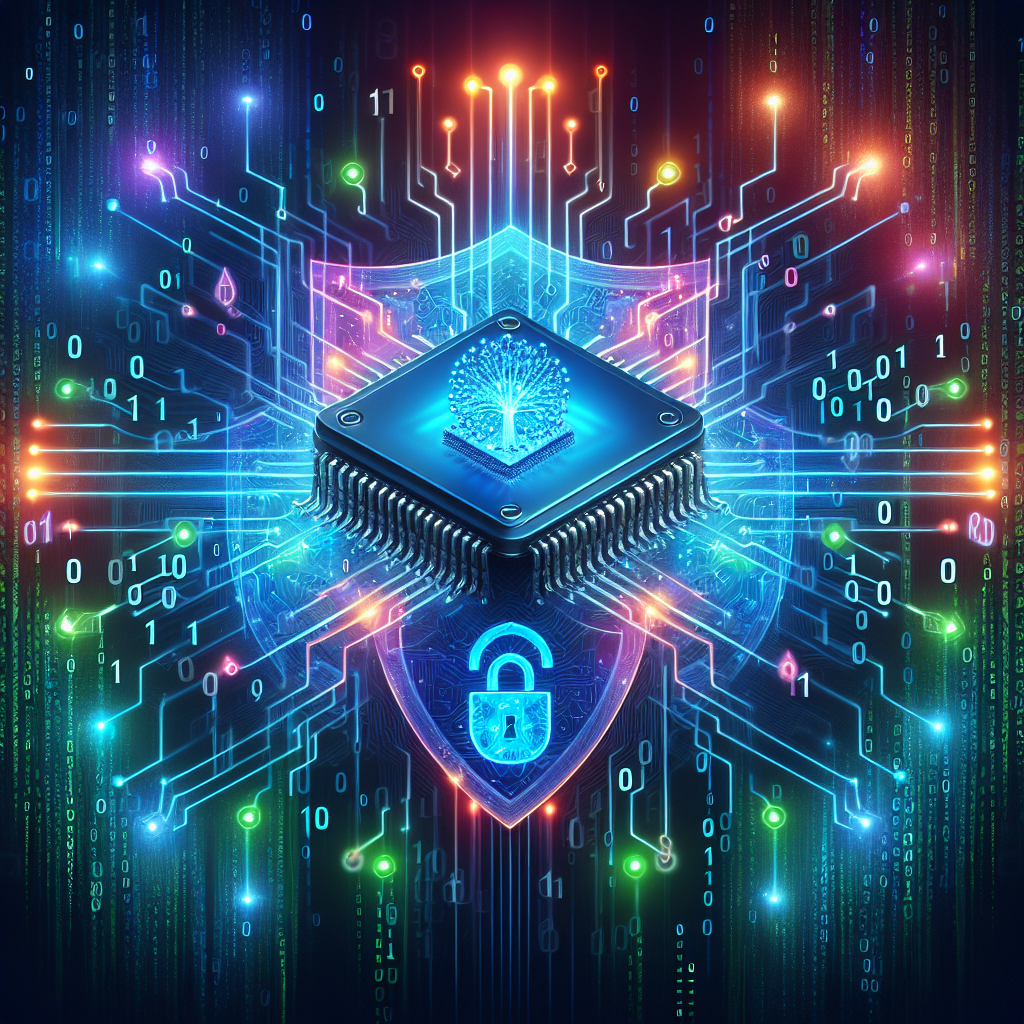The Future of Cybersecurity: AI-Driven Solutions
In today’s digital world, cybersecurity is more important than ever. With the increasing number of cyber threats and attacks, organizations are constantly looking for new and innovative ways to protect their sensitive information and data. One of the most promising technologies that is shaping the future of cybersecurity is artificial intelligence (AI). AI-driven solutions are revolutionizing the way organizations are able to detect, prevent, and respond to cyber threats.
AI has the ability to analyze vast amounts of data at incredible speeds, allowing it to detect patterns and anomalies that may indicate a potential cyber attack. This means that AI can help organizations stay one step ahead of cyber criminals by identifying threats before they have a chance to do any damage. In addition, AI can also be used to automate many cybersecurity tasks, freeing up human analysts to focus on more strategic and complex security issues.
One of the key benefits of AI-driven cybersecurity solutions is their ability to adapt and evolve over time. Traditional cybersecurity solutions rely on predefined rules and signatures to detect threats, which can quickly become outdated as cyber criminals develop new ways to evade detection. AI, on the other hand, is able to learn from past incidents and continuously improve its ability to detect and respond to new threats. This means that AI-driven cybersecurity solutions are able to provide organizations with a more robust and dynamic defense against cyber attacks.
Another major advantage of AI-driven cybersecurity solutions is their ability to scale. As the amount of data that organizations need to protect continues to grow, traditional cybersecurity solutions can struggle to keep up. AI, however, is able to analyze and process massive amounts of data in real time, making it well-suited to the demands of modern cybersecurity. This scalability allows organizations to effectively protect their data and systems, no matter how large or complex their IT infrastructure may be.
AI-driven cybersecurity solutions are also helping organizations to improve their incident response capabilities. In the event of a cyber attack, time is of the essence, and organizations need to be able to respond quickly and effectively to minimize the impact of the attack. AI can help organizations to detect and respond to threats in real time, allowing them to take immediate action to protect their data and systems. This can help organizations to reduce the damage caused by cyber attacks and recover more quickly from security incidents.
Despite the many benefits of AI-driven cybersecurity solutions, there are also some challenges and limitations that organizations need to be aware of. One of the main challenges is the potential for AI to be used by cyber criminals to launch more sophisticated and targeted attacks. As AI technology becomes more advanced, cyber criminals may be able to use it to develop new techniques for evading detection and infiltrating systems. This means that organizations need to be vigilant and proactive in their efforts to protect against AI-powered attacks.
Another challenge is the potential for bias and discrimination in AI-driven cybersecurity solutions. AI algorithms are only as good as the data they are trained on, and if this data is biased or incomplete, it can lead to inaccurate or unfair results. Organizations need to be mindful of this when implementing AI-driven cybersecurity solutions and ensure that they are using diverse and representative data sets to train their algorithms.
In order to address these challenges and maximize the benefits of AI-driven cybersecurity solutions, organizations need to take a holistic approach to cybersecurity. This means not only investing in AI technology, but also implementing robust policies and procedures, conducting regular training and awareness programs, and ensuring that they have the right expertise and resources in place to effectively manage their cybersecurity risks.
FAQs:
Q: How can AI help organizations to detect and respond to cyber threats?
A: AI can analyze vast amounts of data at incredible speeds, allowing it to detect patterns and anomalies that may indicate a potential cyber attack. This means that AI can help organizations stay one step ahead of cyber criminals by identifying threats before they have a chance to do any damage. In addition, AI can also be used to automate many cybersecurity tasks, freeing up human analysts to focus on more strategic and complex security issues.
Q: What are the key benefits of AI-driven cybersecurity solutions?
A: Some of the key benefits of AI-driven cybersecurity solutions include their ability to adapt and evolve over time, their scalability, and their ability to improve incident response capabilities. AI is able to learn from past incidents and continuously improve its ability to detect and respond to new threats, making it a more dynamic and effective defense against cyber attacks.
Q: What are some of the challenges and limitations of AI-driven cybersecurity solutions?
A: Some of the main challenges of AI-driven cybersecurity solutions include the potential for AI to be used by cyber criminals to launch more sophisticated attacks, as well as the potential for bias and discrimination in AI algorithms. Organizations need to be vigilant and proactive in their efforts to protect against AI-powered attacks, and ensure that they are using diverse and representative data sets to train their algorithms.
In conclusion, AI-driven cybersecurity solutions are shaping the future of cybersecurity by providing organizations with a more robust, dynamic, and scalable defense against cyber threats. By leveraging the power of AI technology, organizations can improve their ability to detect, prevent, and respond to cyber attacks, ultimately helping them to protect their sensitive information and data in an increasingly digital world.

